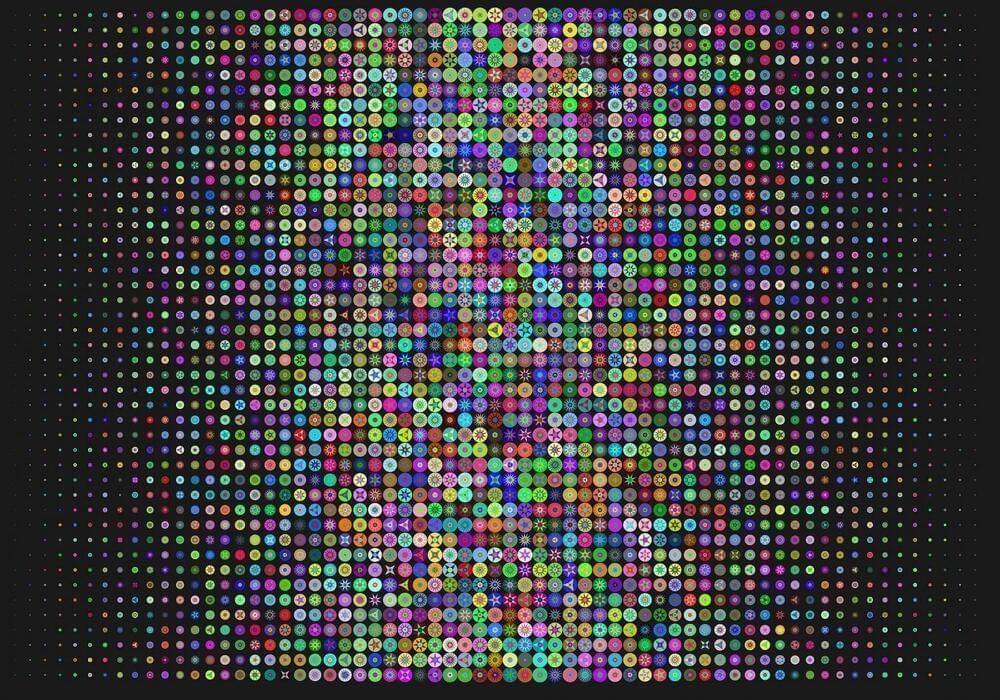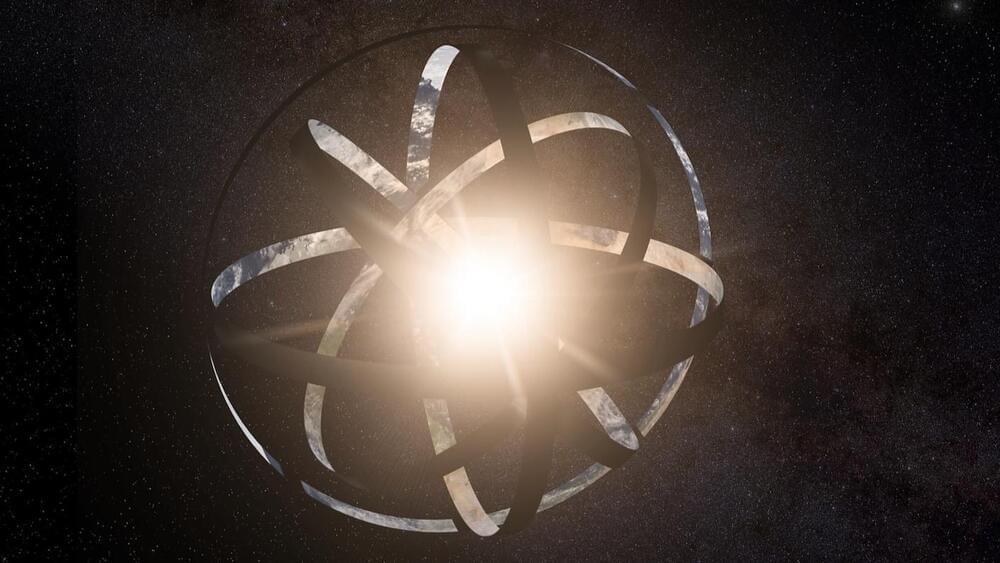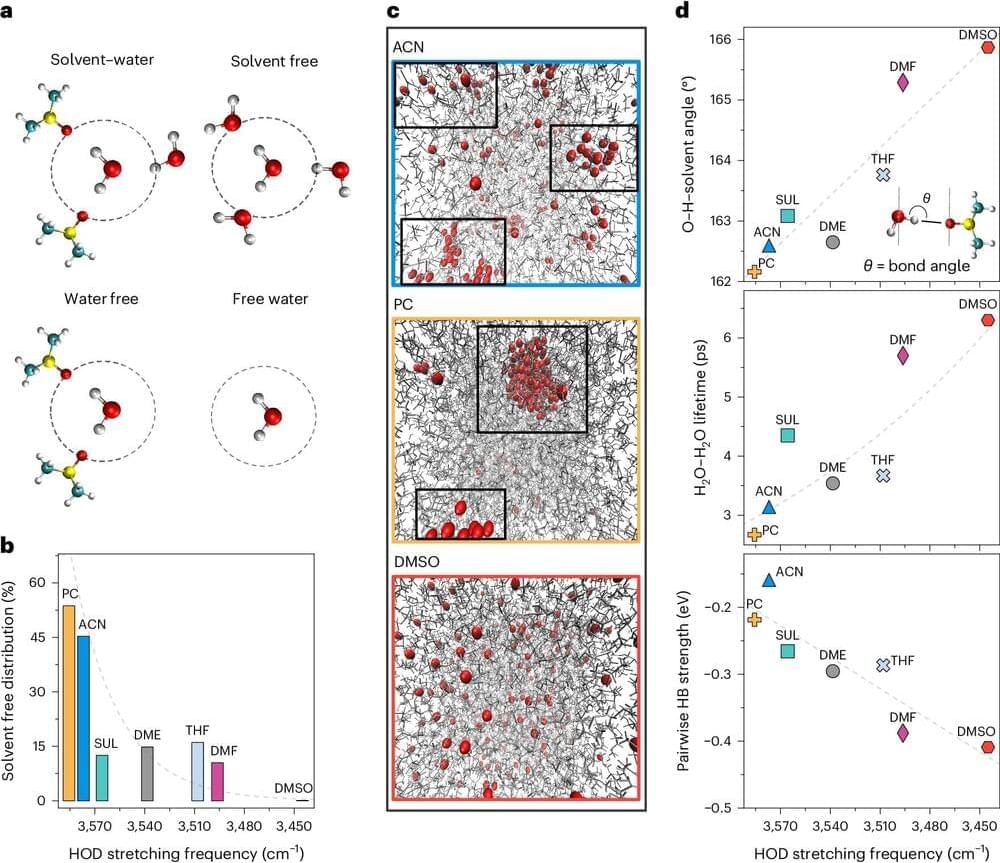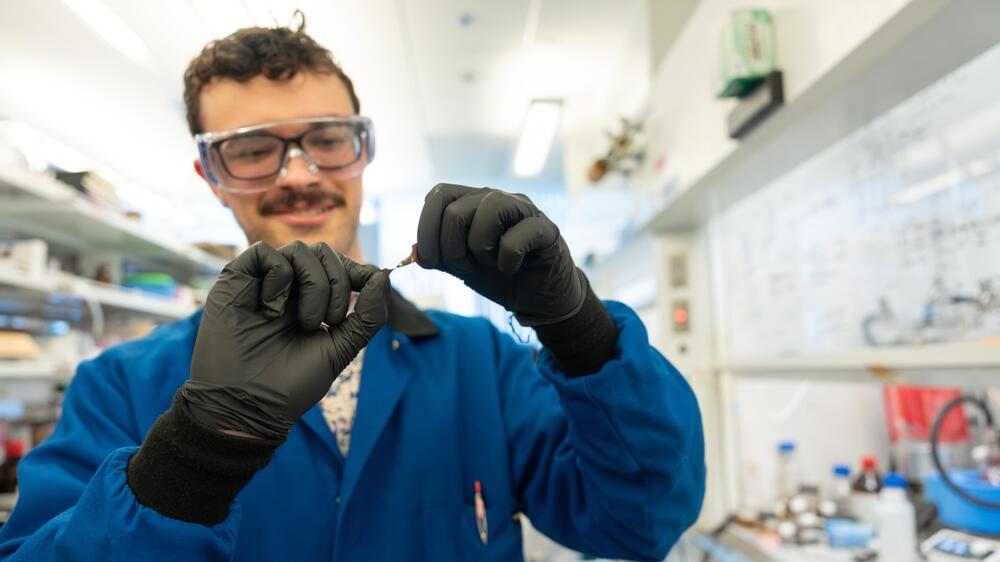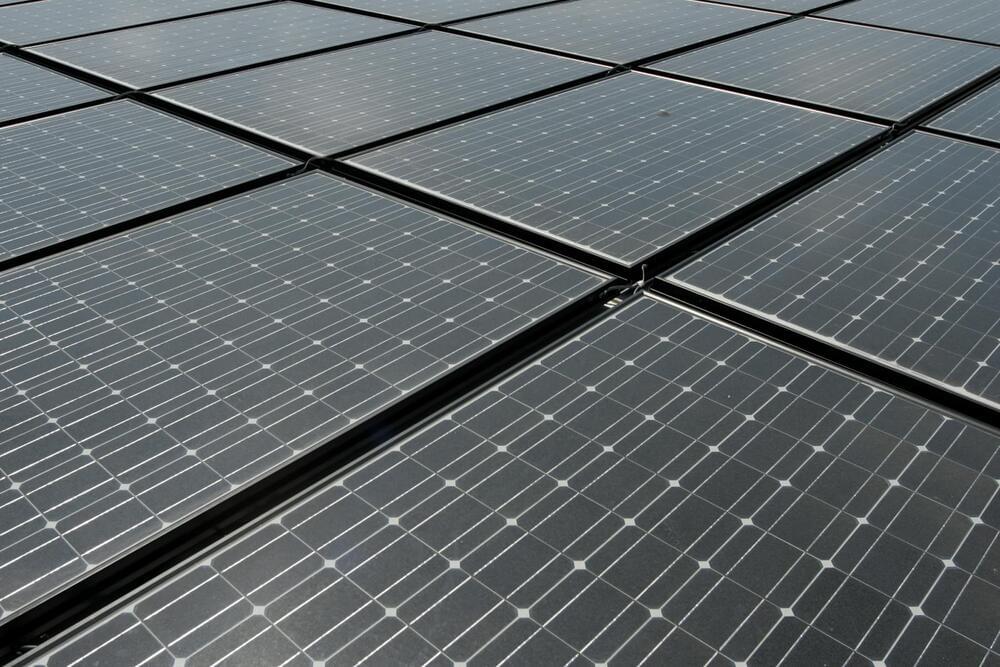May 25, 2024
Researchers identify best algorithms to optimize performance of functionally graded materials
Posted by Dan Breeden in categories: computing, engineering, information science
A study from Japan published in the International Journal of Computer Aided Engineering and Technology reveals a way to optimize the composition of functionally graded materials (FGMs). FGMs are advanced composite materials with a gradual variation in composition and properties across their volume, designed to optimize performance under specific loading conditions.
